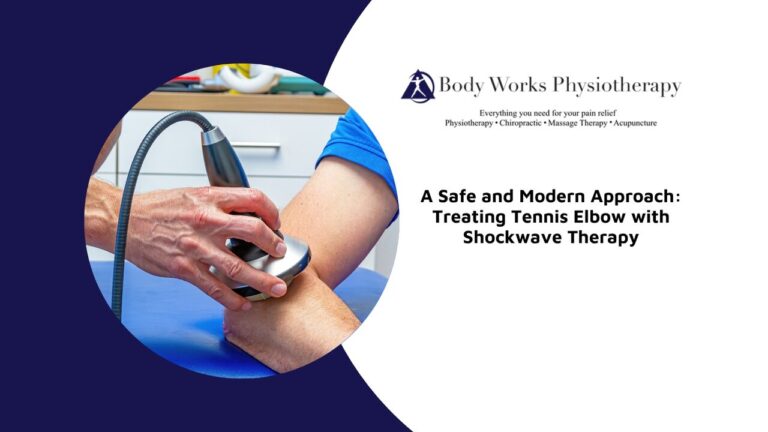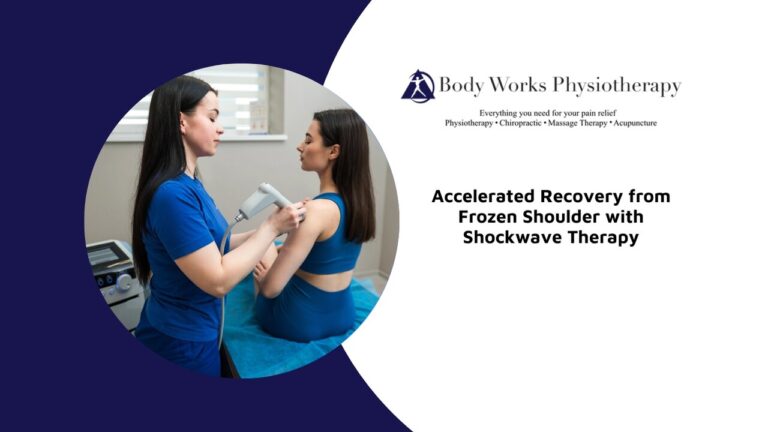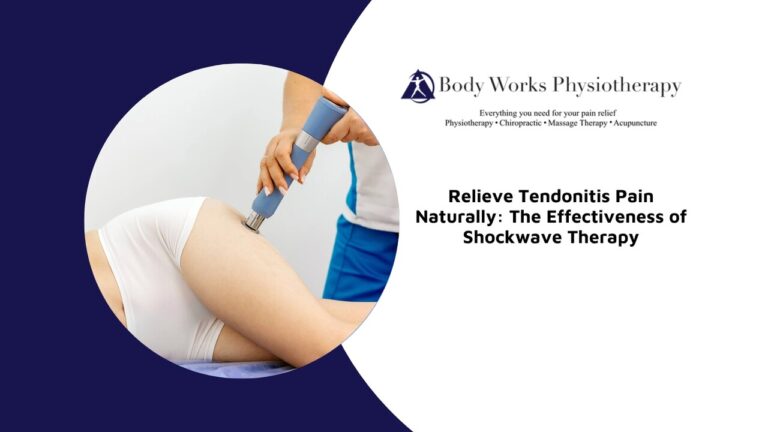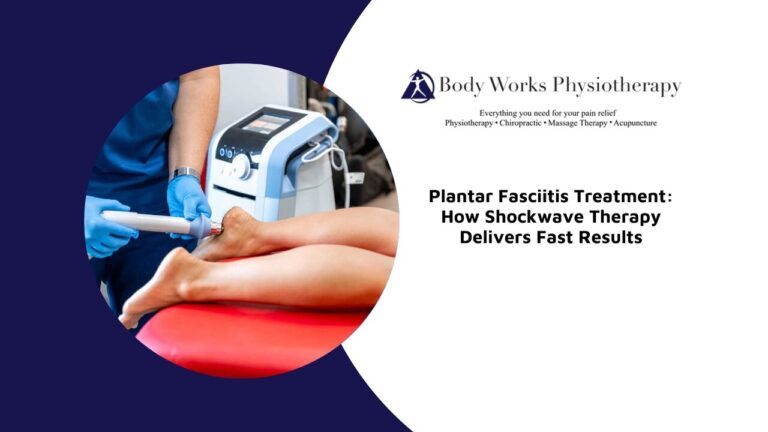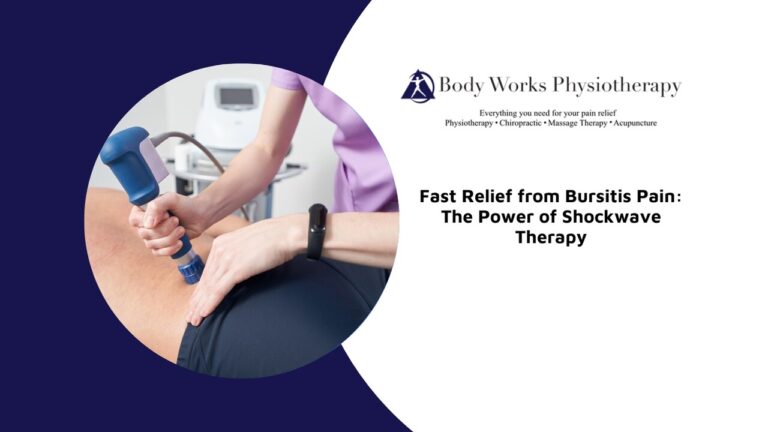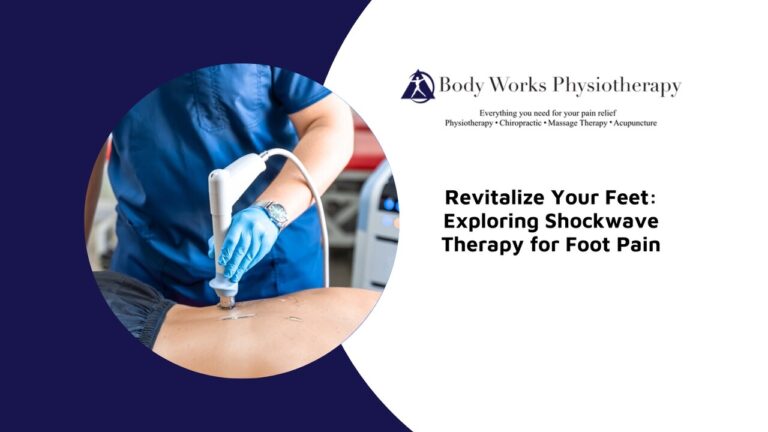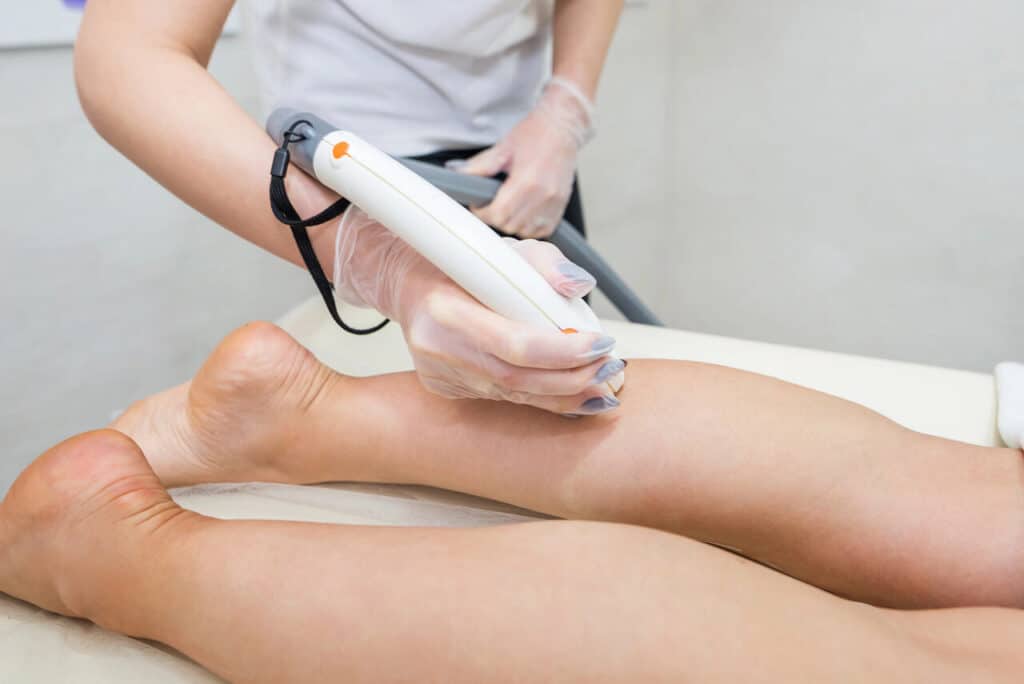
Achilles tendonitis is a painful and often stubborn condition that affects mobility and daily activities. Whether caused by overuse, repetitive strain, or inadequate recovery, this condition can be challenging to treat. Shockwave therapy has emerged as a highly effective, non-invasive treatment for Achilles tendonitis. By stimulating blood flow and tissue regeneration, shockwave therapy offers a promising alternative to more invasive treatments like injections or surgery. If you’re dealing with persistent Achilles tendon pain, understanding how shockwave therapy works can help you make an informed decision about your recovery.
Understanding the Role of Shockwave Therapy in Achilles Tendonitis Treatment
Shockwave therapy, also known as extracorporeal shock wave therapy (ESWT), is a non-invasive treatment designed to stimulate the body’s natural healing response. It uses high-energy sound waves to promote tissue regeneration and relieve pain, making it an effective option for individuals suffering from Achilles tendonitis.
- Stimulates Blood Flow: The shockwaves increase circulation to the affected area, delivering oxygen and essential nutrients that aid in tissue repair and inflammation reduction.
- Encourages Collagen Production: Collagen is essential for tendon strength and flexibility. Shockwave therapy enhances collagen synthesis, which helps rebuild and restore the damaged Achilles tendon.
- Breaks Down Scar Tissue: Chronic Achilles tendonitis can lead to the formation of thick, fibrotic scar tissue, which limits mobility and contributes to pain. Shockwave therapy breaks up this scar tissue, improving flexibility and movement.
- Reduces Inflammation: By disrupting pain signals and stimulating cellular repair, shockwave therapy decreases inflammation, helping to relieve the discomfort associated with Achilles tendonitis.
- Non-Invasive with No Downtime: Unlike surgery or injections, shockwave therapy does not require incisions, medication, or extensive recovery time. Individuals can continue with most daily activities immediately following treatment.
Shockwave therapy is particularly beneficial for individuals who have not responded well to other conservative treatments, such as stretching, orthotics, or physiotherapy. It provides a long-term solution by addressing the underlying issues causing Achilles tendon pain rather than just masking symptoms.
How Effective Is Shockwave Therapy in Treating Achilles Tendonitis?
Shockwave therapy is highly effective in treating Achilles tendonitis, particularly for chronic cases where other treatments have failed. Studies have shown that shockwave therapy can significantly reduce pain, improve mobility, and accelerate the healing process in the Achilles tendon. Many people experience relief after just a few sessions, with improvements continuing over time as the body regenerates and repairs the tendon.
Shockwave Therapy Sessions for Achilles Tendonitis: What to Expect
Understanding what to expect during a shockwave therapy session can help people feel more at ease before treatment. Each session is designed to be quick, effective, and minimally invasive.
- Pre-Treatment Preparation: You should wear loose clothing that allows easy access to the Achilles tendon and heel for treatment.
- Initial Assessment: The practitioner will examine the affected area, discuss symptoms, and explain the procedure and expected outcomes.
- Gel Application: A conductive gel is applied to the treatment area to enhance the transmission of shockwaves into the tendon.
- Client Positioning: The client is positioned for comfort, ensuring the Achilles tendon is easily accessible.
- Shockwave Application: A handheld device emits high-energy sound waves, which penetrate the skin and target the inflamed tendon.
- Treatment Duration: Each session typically lasts between 5–10 minutes, depending on the severity of the condition.
- Sensation During Treatment: You may feel pulsing or tapping sensations, with mild discomfort that can be adjusted based on tolerance.
- Immediate Post-Treatment Effects: Some people experience initial pain relief, while others may have mild soreness that subsides within a day or two.
- Minimal Recovery Time: Most individuals can walk and resume daily activities immediately following the session.
- Follow-Up Treatments: A full treatment plan typically involves 3–5 sessions spaced about a week apart for optimal results.
Shockwave therapy sessions are designed to be efficient and effective, offering a non-invasive solution for Achilles tendonitis without significant downtime.
How Long Does It Take to See Results From Shockwave Therapy for Achilles Tendonitis?
Results from shockwave therapy for Achilles tendonitis may vary from person to person, but many people begin to experience pain relief and improved mobility within 2 to 4 weeks of starting treatment. The full benefits may take several weeks to months to manifest as the body heals and regenerates the tendon tissue. Multiple sessions are typically required for optimal results, with most treatment plans involving 3 to 5 sessions.
Possible Risks or Side Effects of Shockwave Therapy for Achilles Tendonitis
Shockwave therapy is widely regarded as a safe and effective treatment for Achilles tendonitis, but like any medical procedure, it does come with some potential side effects.
- Mild Discomfort During Treatment: Some individuals may experience mild discomfort or a stinging sensation while receiving the therapy, though the intensity can be adjusted to minimize pain.
- Redness or Swelling: Temporary redness, swelling, or slight bruising at the treatment site can occur but typically resolves within a few days.
- Temporary Increase in Pain: Some individuals may notice a slight increase in pain following the session as the body initiates its natural healing response. This usually subsides within 24–48 hours.
- Bruising or Skin Irritation: Rarely, people with sensitive skin or those prone to bruising may develop small bruises or minor irritation where the shockwaves were applied.
While shockwave therapy is generally safe, it is not recommended for individuals with certain conditions, such as blood clotting disorders, infections, or nerve damage in the affected area. Pregnant individuals and those taking anticoagulant medications should also consult with their healthcare provider before undergoing treatment.
Overall, shockwave therapy has a very low risk of complications compared to surgical interventions or long-term medication use, making it a preferred choice for many people seeking non-invasive relief from Achilles tendonitis.
Comparing Shockwave Therapy to Other Treatments for Achilles Tendonitis
Shockwave therapy is considered an effective alternative to other treatments for Achilles tendonitis, such as physiotherapy, corticosteroid injections, or even surgery. Unlike injections or surgery, shockwave therapy is non-invasive and has a relatively low risk of complications. It also tends to have faster recovery times compared to surgical interventions, making it a preferred option for many individuals with chronic or resistant Achilles tendonitis.
Shockwave Therapy for Achilles Tendonitis: Are You a Suitable Candidate?
Shockwave therapy is an effective treatment option for individuals dealing with persistent Achilles tendonitis. However, not everyone is an ideal candidate. Determining whether this treatment is right for you depends on the severity of your condition, previous treatment history, and overall health status.
- Chronic Achilles Tendonitis Sufferers: Shockwave therapy is best suited for individuals experiencing Achilles tendon pain for six months or longer, especially if other treatments have not provided lasting relief.
- Those Who Have Tried Conservative Treatments: People who have attempted traditional methods like rest, ice, stretching, physiotherapy, or anti-inflammatory medications without success may benefit from shockwave therapy.
- People Seeking a Non-Invasive Alternative: Shockwave therapy is a great option for those looking to avoid corticosteroid injections, surgical interventions, or prolonged medication use.
- Active Individuals with Overuse Injuries: Athletes, runners, and individuals with repetitive strain injuries who need an effective treatment without prolonged downtime may find shockwave therapy beneficial.
- People with Moderate to Severe Pain: Those experiencing significant pain that limits daily activities, walking, or sports participation may see improvements in both pain relief and mobility.
- Individuals in Good Overall Health: Candidates should be free of medical conditions that could interfere with treatment, such as nerve disorders, circulation issues, or uncontrolled diabetes.
- People Without Contraindications: Shockwave therapy may not be suitable for individuals with certain conditions, including pregnancy, blood clotting disorders, peripheral neuropathy, or open wounds in the treatment area.
- Those Committed to a Treatment Plan: For the best results, candidates should be willing to complete the full course of treatment, which typically involves multiple sessions spaced over several weeks.
If you’re unsure whether shockwave therapy is right for your Achilles tendonitis, consulting with a healthcare professional can help determine the most effective treatment plan for your specific condition.
Pain Relief and Enhanced Mobility Start Here
Chronic Achilles tendonitis can disrupt daily life, making simple movements painful and frustrating. Shockwave therapy provides a non-invasive solution to accelerate healing, reduce inflammation, and restore mobility. If you’re looking for a proven, effective treatment, Body Works Physiotherapy in Scarborough offers dedicated care to help you recover. Take the next step toward pain relief and improved function—schedule your consultation today and start your journey to recovery!

